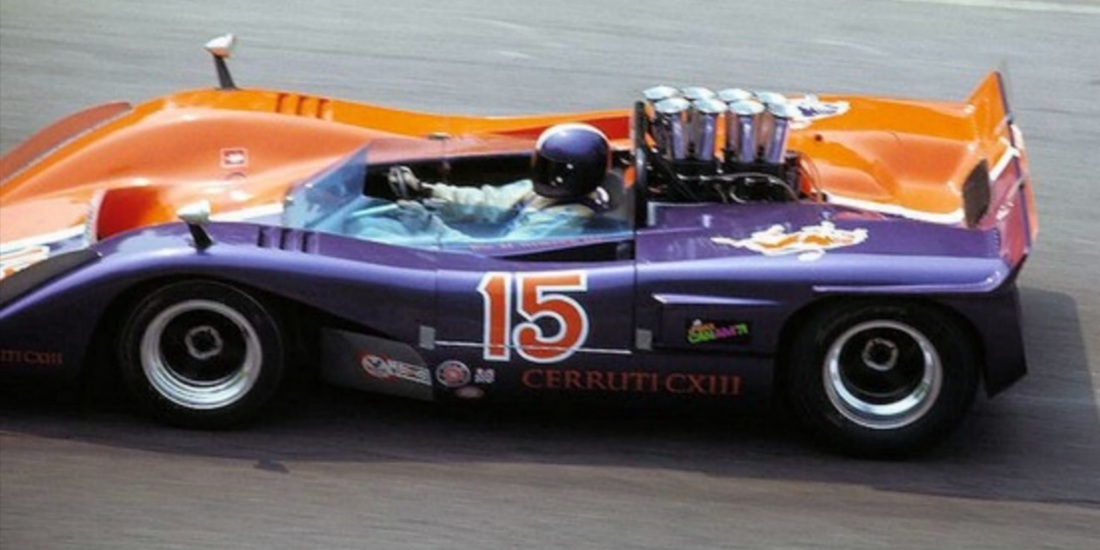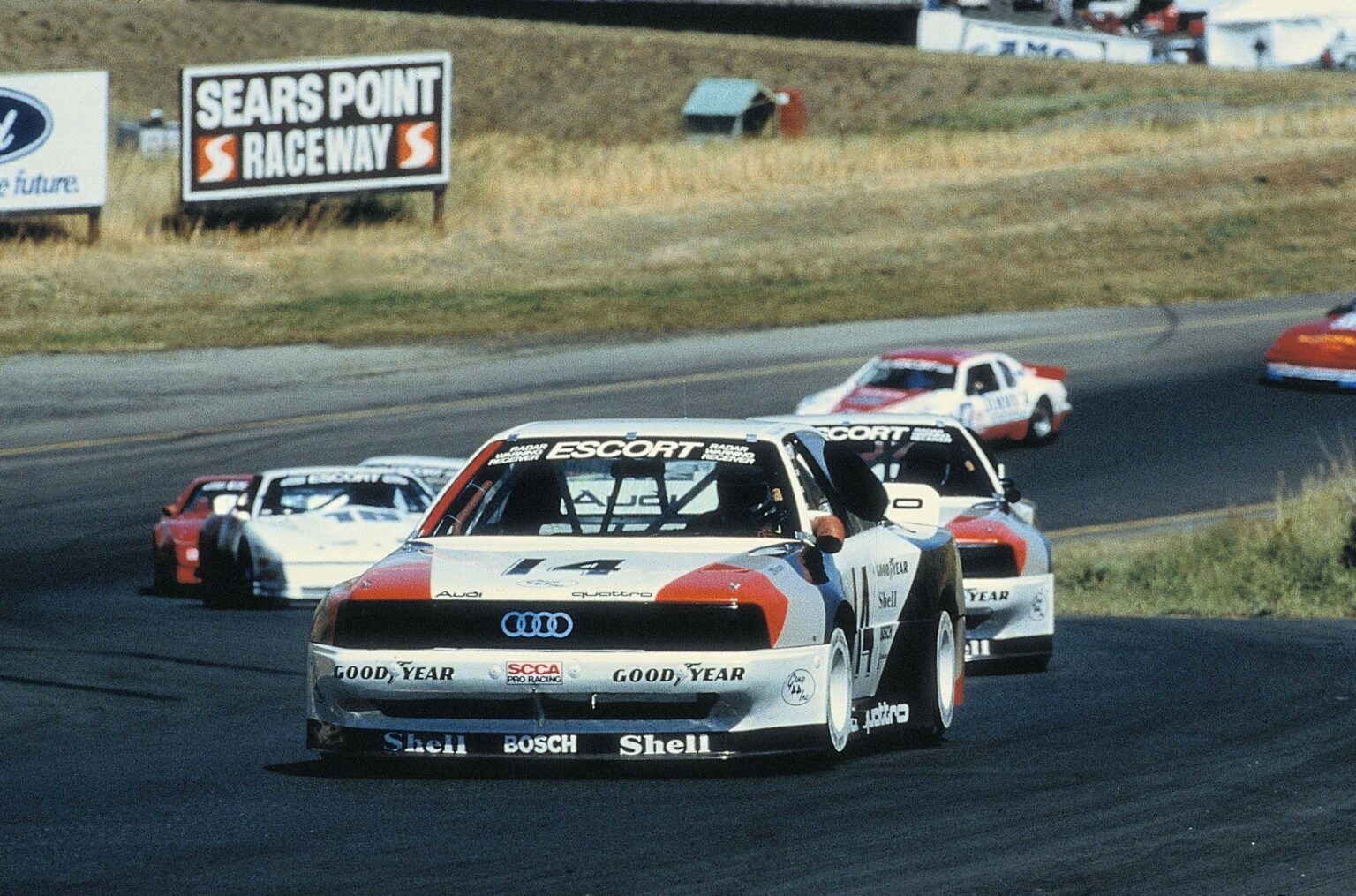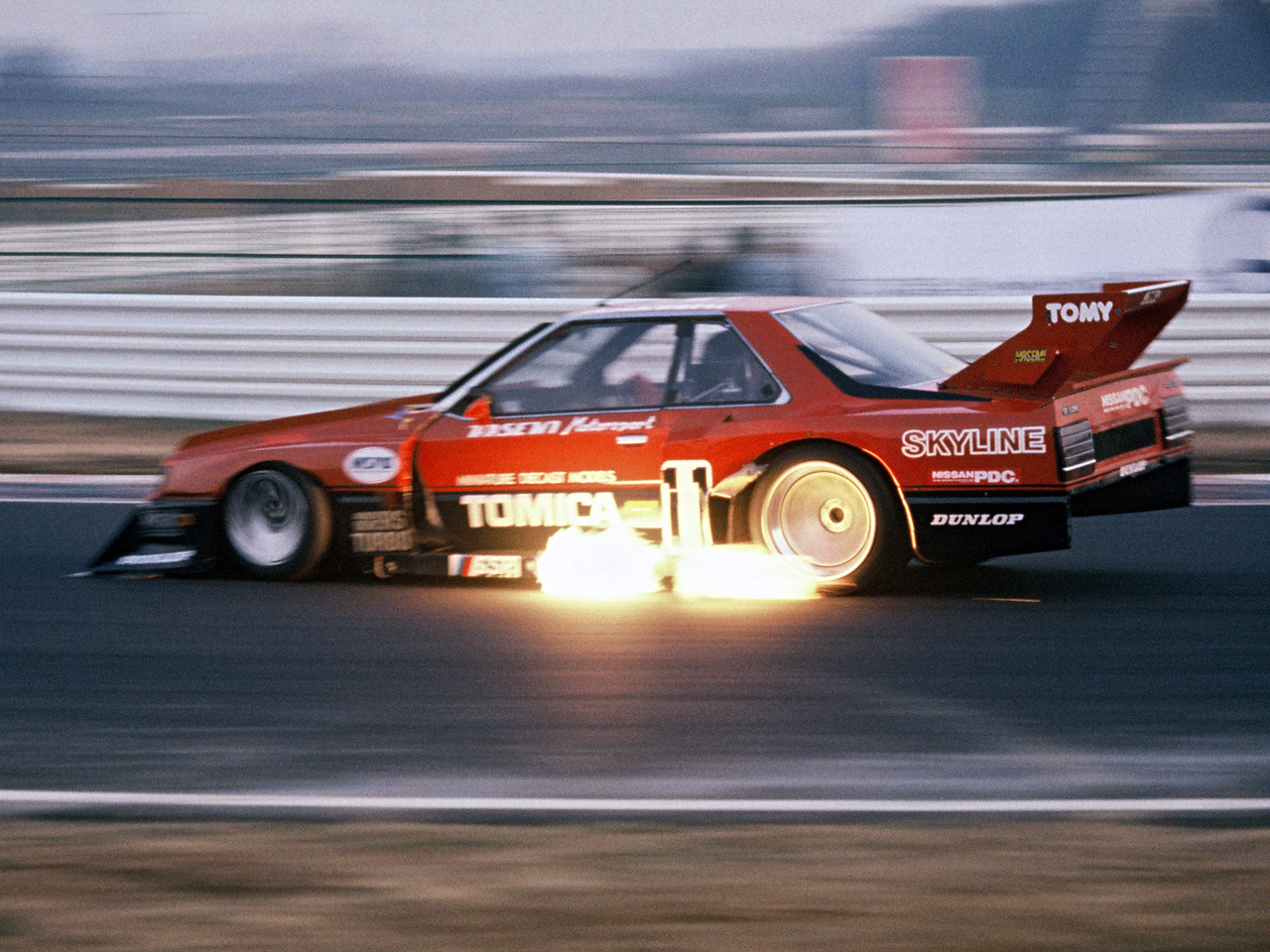1970 McLaren M8C


1970 McLaren M8C
Manufacturer:
Model year:
Country:
Generation:
Portal:
Category:
About this car
Discover the history
The 1970 McLaren M8C was developed as a continuation of the successful McLaren Can-Am racing cars, specifically designed for privateer teams. McLaren had already established a strong reputation with its M8A and M8B models, which dominated the Can-Am series. The M8C was intended to follow in their footsteps while being more accessible to smaller teams. The construction of the M8C was outsourced to Trojan, a British engineering firm that had previously built other McLaren race cars, allowing McLaren to focus on its other racing endeavors. The M8C retained the basic design philosophy of its predecessors, featuring a monocoque chassis made from aluminum, which provided both lightweight performance and structural rigidity.
Technically, the M8C continued with the mid-mounted V8 engine layout, typically using a Chevrolet powerplant. These engines, paired with the iconic Hewland gearbox, delivered immense power, making the M8C a formidable competitor in the Can-Am series. The car’s aerodynamics were also improved to increase downforce, and the suspension was tuned for better handling, but it did not feature the radical developments that later McLaren cars would see. The car was designed to be reliable, fast, and easy to maintain, qualities that appealed to privateer teams.




In terms of racing pedigree, the McLaren M8C was a popular choice for various teams competing in Can-Am and other sports car racing series around the world. For instance, American racer Lothar Motschenbacher, a regular competitor in Can-Am, raced both McLaren M8B and M8C cars. His M8C had a strong start but suffered a significant crash in 1970 at Elkhart Lake, marking the end of that particular M8B. The M8C, however, was quickly rebuilt using parts from Motschenbacher’s earlier McLaren, and it continued to compete through the remainder of the season, with mixed results. Other M8C cars found homes in South American sports car racing, where drivers like Carlos Pairetti and Sergio Mattos campaigned them in regional championships with varying success. Pairetti, in particular, managed to secure a victory at the Buenos Aires round of the Campeonato Argentina Sport Prototipo series in 1971.
Over time, the M8C became a popular car in the historic racing scene. Many surviving examples have undergone extensive restorations to return them to their original glory. One such car, chassis number 70-08, was restored in the late 1980s and has since participated in prestigious historic racing events like the Monterey Historics and has been displayed at various concours events. The car has gone through several ownerships, with each owner maintaining or improving the car to keep it race-ready for vintage competitions. The M8C continues to be a sought-after car for collectors and historic racers alike, due to its significance in McLaren’s racing legacy and its role in the highly competitive and popular Can-Am series.
In summary, the 1970 McLaren M8C may not have achieved the same level of fame as some of its McLaren predecessors or successors, but it holds a respected place in sports car history. It served as a reliable and powerful race car for privateer teams, and it remains a celebrated model in the world of historic racing.




Technical specifications
Discover all the submodels
1962 Ferrari 250 GTO
1964 Ferrari 275 GTB
1966 Ferrari 275 GTB4
1970 Ferrari 512 M

1970 McLaren M8C Chevrolet Big Block 427 ZL1

1970 McLaren M8C Chevrolet Small Block 302

1970 McLaren M8C Ford Cosworth DFV
1977 Ferrari 308 GTS
1994 Ferrari 333 SP
2006 Ferrari F430 GTC
2008 Ferrari F430 GTC Evo
2011 Ferrari 458 Italia GT2
2015 Ferrari F12tdf
Museum
Discover automotive history
Hello world!
Hello world!
Sports cars



